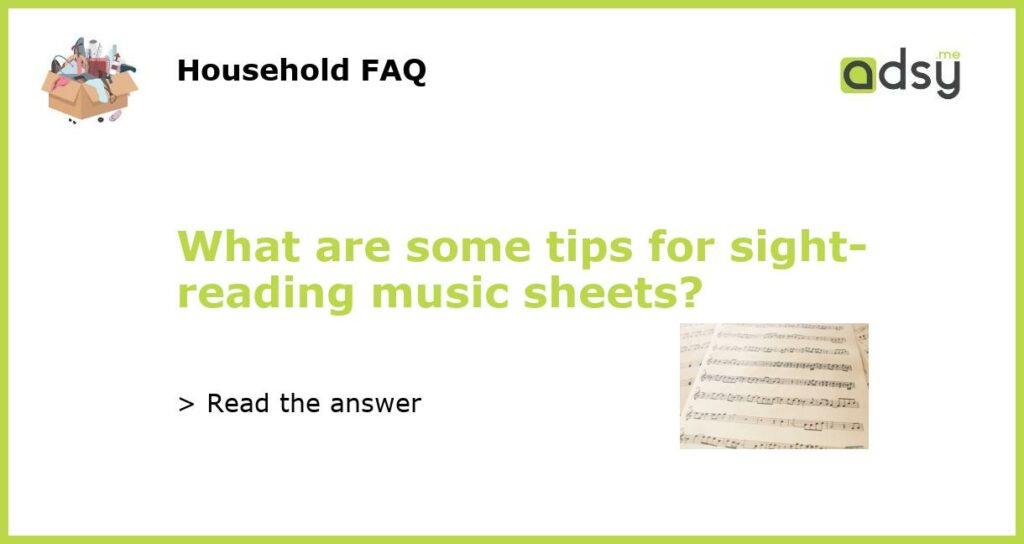Tips for Sight-Reading Music Sheets
Sight-reading is a crucial skill for any musician. Not only does it save time, but it also helps musicians to learn new pieces quickly and efficiently. However, sight-reading can be a challenging task, especially for beginners. Here are some tips to help you improve your sight-reading skills.
Focus on Rhythm
When sight-reading music sheets, it is essential to focus on rhythm. Try to get a sense of the time signature and the tempo before you start playing. You can also tap your foot or count the beats silently to make sure you stay in time. This will help you to play the music more accurately and confidently.
Look Ahead
One common mistake that sight-readers make is reading note by note, instead of looking ahead. To avoid this, try to read a few notes ahead, so you have a sense of what’s coming up. This will also help you to anticipate any challenging passages in the music and prepare for them in advance.
Practice Makes Perfect
The more you practice sight-reading, the better you will become at it. Try to sight-read different kinds of music, including different genres and time signatures to improve your skills. You can also use various tools, such as sight-reading apps or websites like Sight Reading Factory to help you practice.
Keep a Steady Pace
When sight-reading, it’s easy to get caught up in difficult passages and lose your sense of rhythm and timing. However, it’s essential to keep a steady pace throughout the music, even if you make mistakes. Try to play through the music as best as you can, without stopping or slowing down too much.
Use Your Ears
Finally, don’t be afraid to use your ears when sight-reading. Music is meant to be heard and felt, so listen to the sounds you are making and adjust accordingly. If something doesn’t sound right or feels off, take a moment to pause and figure out what needs to be corrected before continuing.






